Iran can become ‘nuclear hub’, plans to export nuclear products: AEOI chief
The head of the Atomic Energy Organization of Iran (AEOI) says the country is capable of turning into a “nuclear hub” and plans to export nuclear products and technology to other countries.
Mohammad Eslami made the remarks on the sidelines of the 29th Iranian Nuclear Conference at Shahid Beheshti University in Tehran on Sunday.
“Research opportunities and research activities have grown in the country, and we are currently [able to] export radiopharmaceuticals and nuclear equipment,” Eslami said, adding, “All our efforts are aimed at becoming capable of exporting technological products in the nuclear domain to other countries in addition to meeting domestic needs.”
He stressed that Iran is capable of turning into a nuclear hub, adding that by relying on local experts, “we are broadening our research and industrial opportunities.”
“It can be said that our capabilities and activities can be industrialized now,” the nuclear chief noted.
Pointing to Iran’s latest nuclear achievements, Eslami explained that Iranian experts have managed to produce blood coagulant powder, which is used in difficult surgeries and has been on the sanctions list. The product can be exported now, he said.
“The plasma treatment of leachate was also a big problem in the country, and by concluding a tripartite memorandum of understanding, this technological product can now be unveiled, after which Iran can set up its production line,” he added.
Iran’s nuclear chief announced on Friday the establishment of a nuclear power plant in the southwestern province of Khuzestan, which aims to generate 2,000 megawatts of electricity in defiance of decades of sanctions that have targeted the country’s peaceful nuclear program.
Iran showed to the world the peaceful nature of its nuclear program by signing the 2015 nuclear agreement, formally known as the Joint Comprehensive Plan of Action (JCPOA), with six world states — the US, Germany, France, Britain, Russia and China. But, Washington’s unilateral withdrawal in May 2018 and its subsequent re-imposition of sanctions against Tehran left the future of the deal in limbo.
Negotiations between the parties to the deal kicked off in Vienna in April 2021, with the intention of bringing the US back into the deal and putting an end to its “maximum pressure” campaign against Iran.
The discussions, however, have been at a standstill since August 2022 due to Washington’s insistence on not lifting all of the anti-Iran sanctions and offering the necessary guarantees that it will not exit the agreement again.
Hamas: Israel escalating ceasefire violations in Gaza
Venezuela's government declares unwavering unity behind Maduro
VIDEO | Global outcry over Venezuela president abduction
Iran keeps wheat import subsidies despite cutting other food supports
Venezuelan military stands with acting president after US kidnapping of Maduro
VIDEO | Press TV's news headlines
VIDEO | Protesters in Toronto slam US kidnapping of Venezuelan president
Israeli troops detain, intimidate Palestinian toddler in West Bank



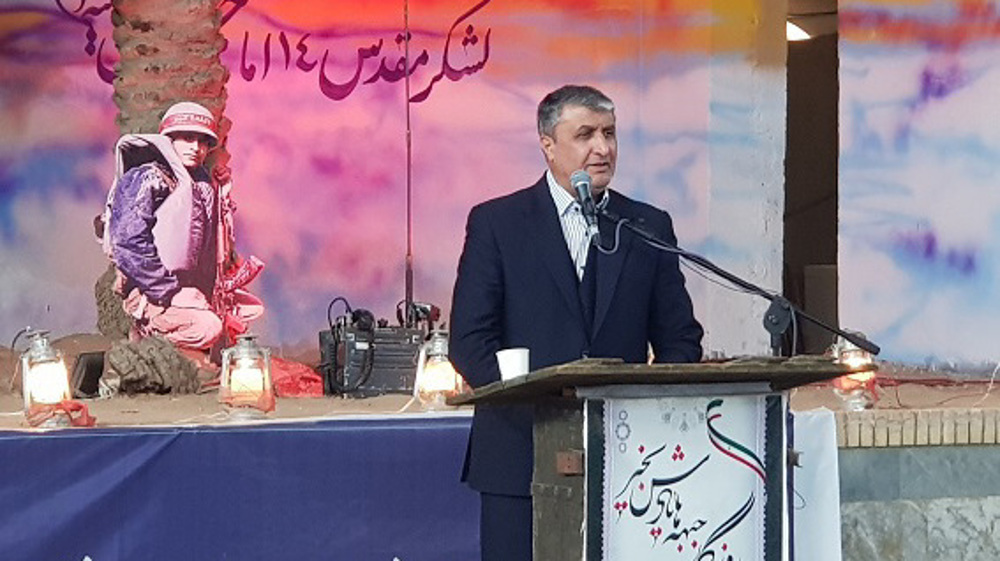

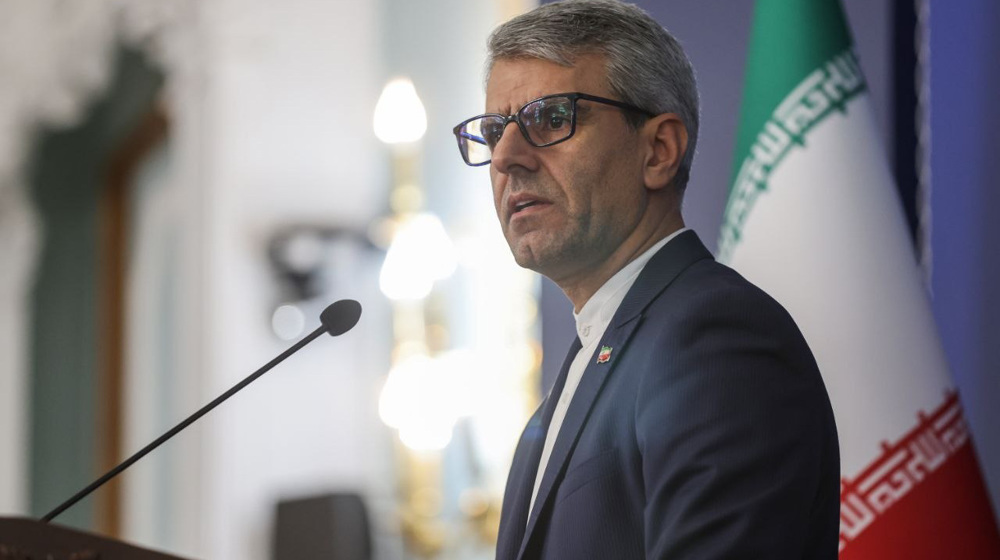
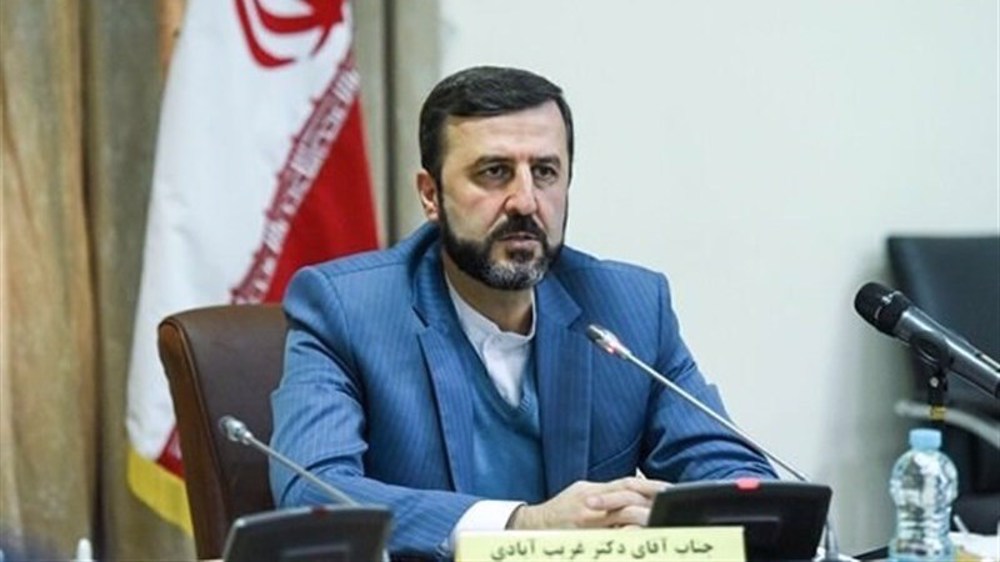



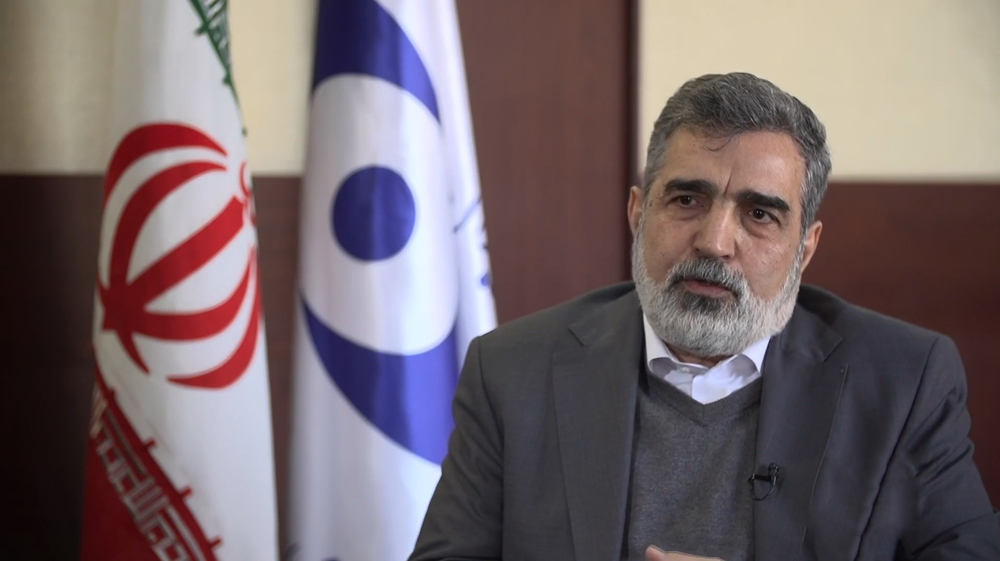
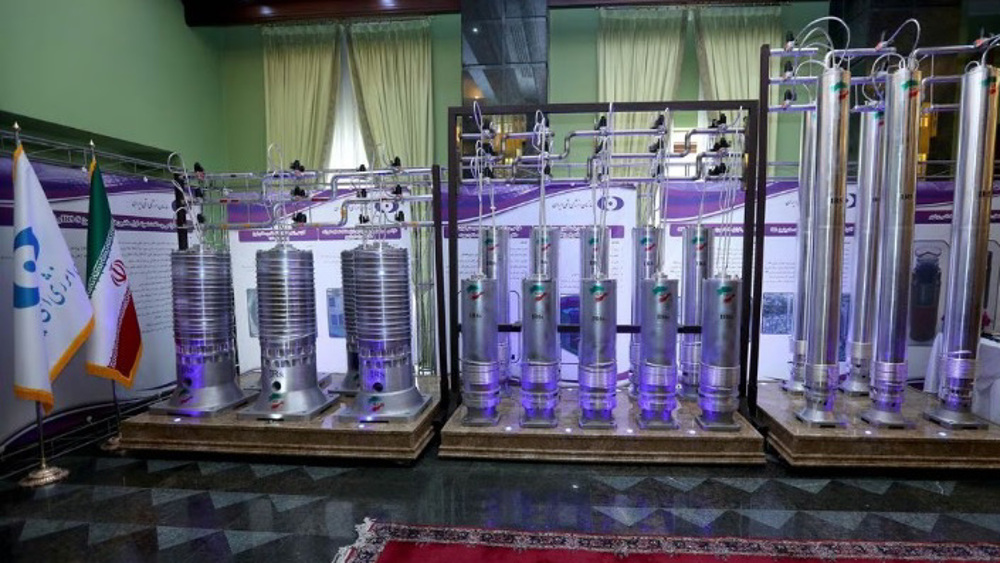
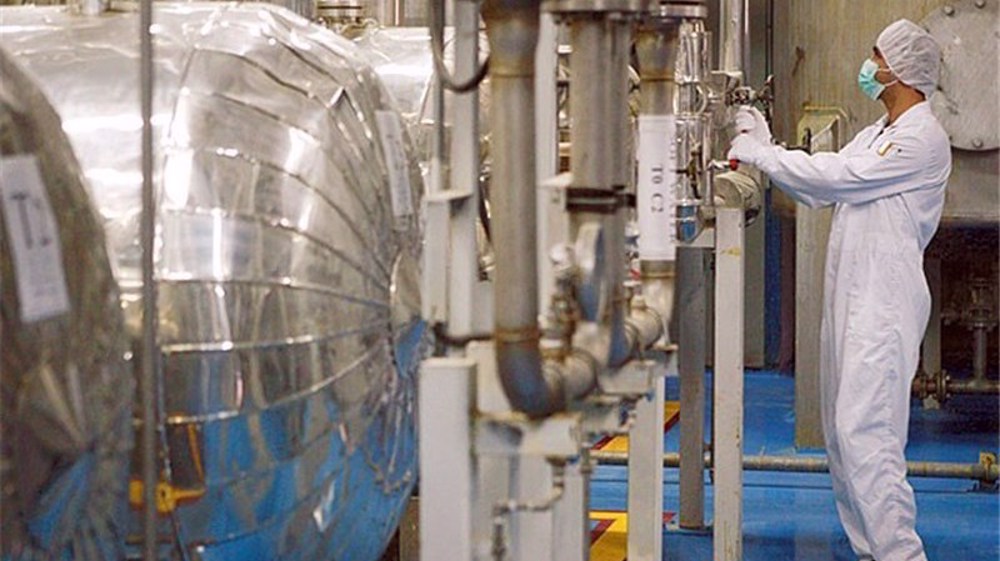
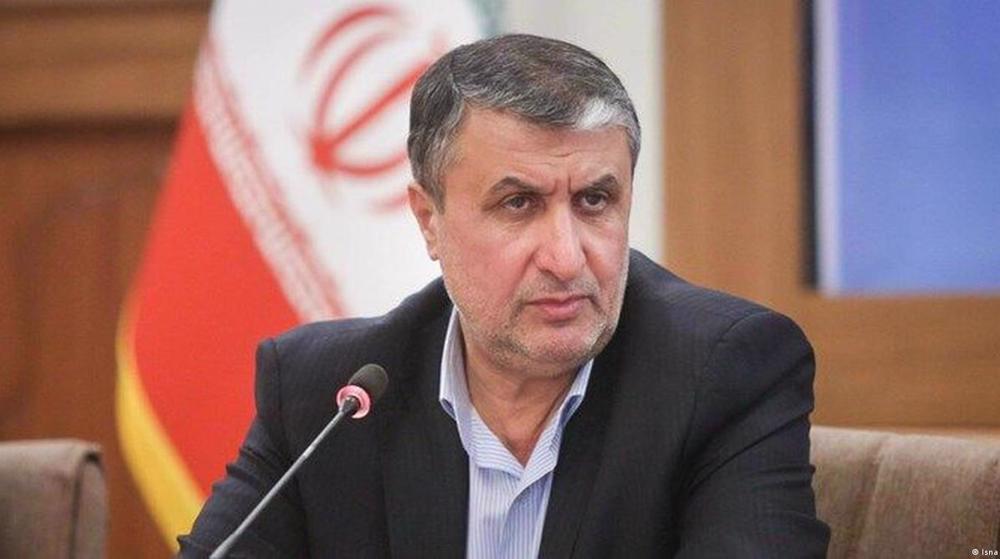

 This makes it easy to access the Press TV website
This makes it easy to access the Press TV website